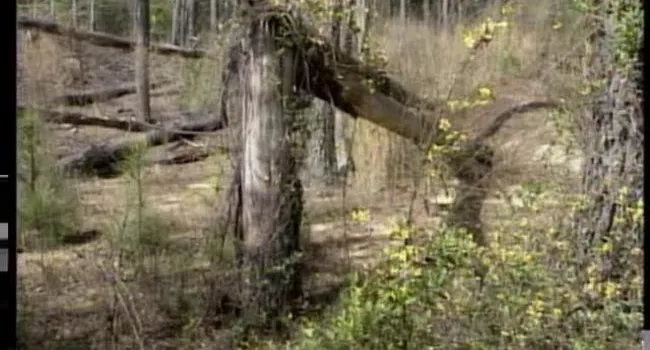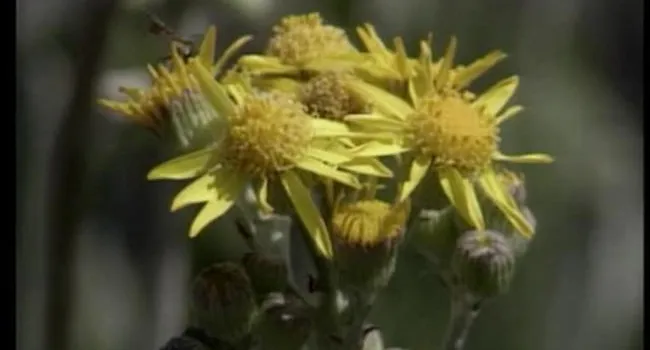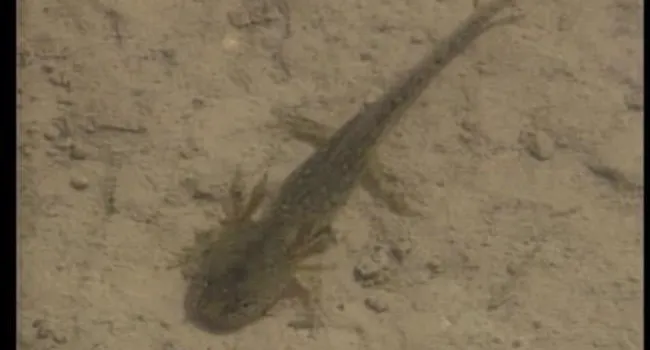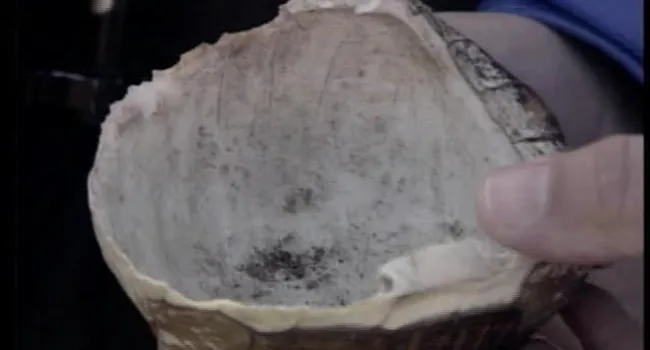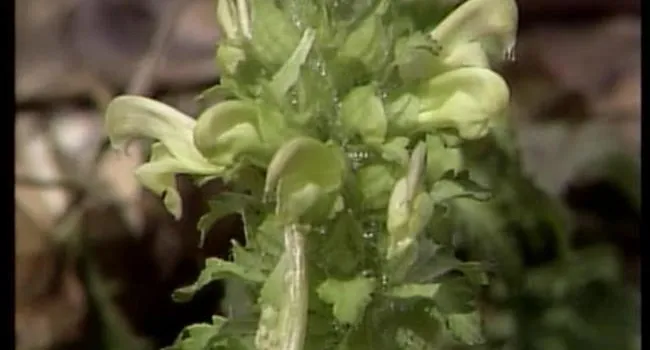
Forty Acre Rock (S.C.) Stop 1
Episode
2
Video
At the same stop, Rudy and Jim come across a few common species of insects which populate the area: a male Tiger Swallowtail butterfly, a Sunflier dragonfly, and a cluster of Fall Webworm silk is...